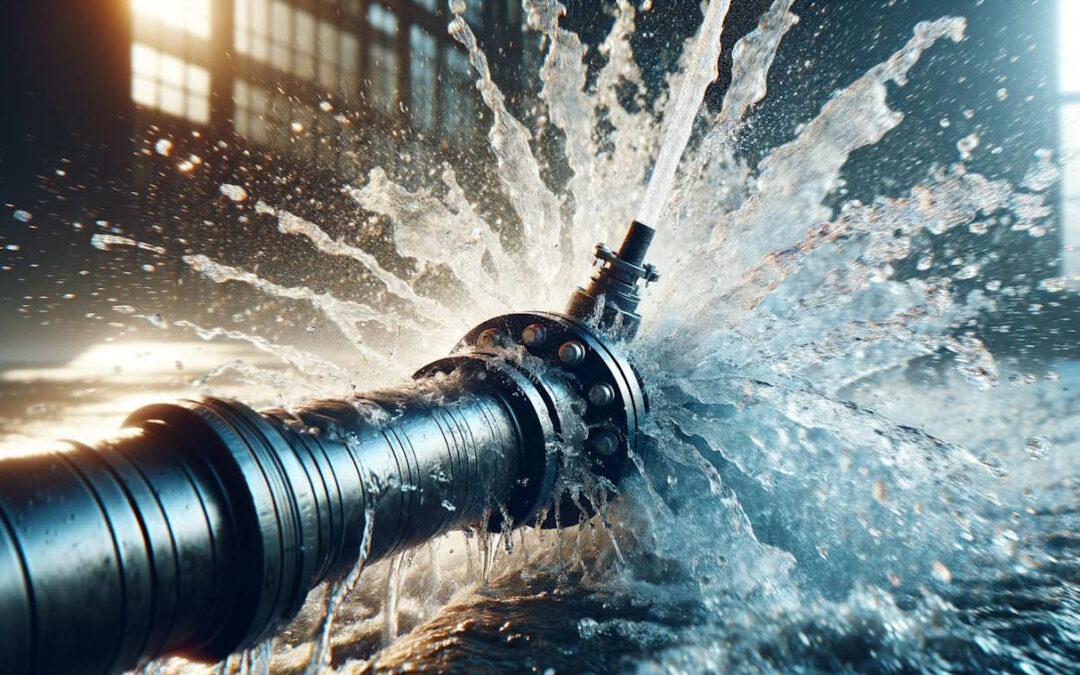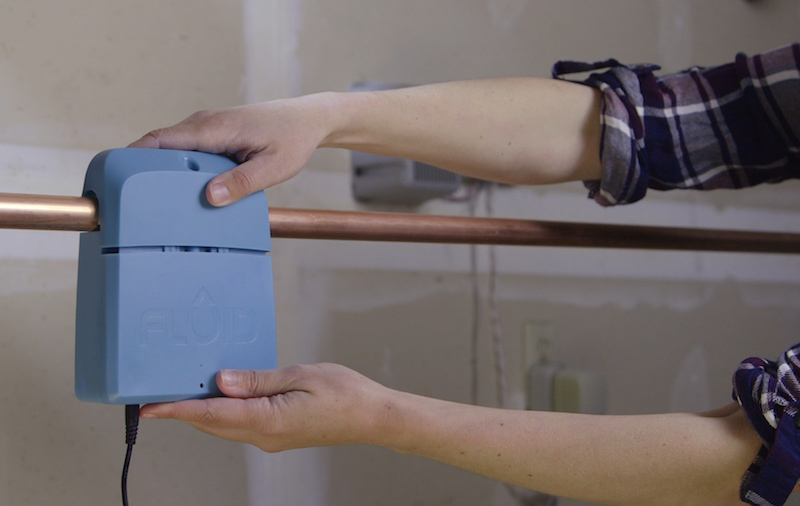Ingenious Solutions for Early Discovery of Water Leaks in Structures and Facilities
As the integrity of structures and framework is vital, the challenge of very early detection of water leaks has stimulated cutting-edge solutions that promise to revolutionize the method we guard versus possible damages. From sophisticated leakage discovery innovations to the deployment of IoT sensors for real-time monitoring, the landscape of leakage prevention is advancing rapidly. Artificial intelligence formulas use a glance into the future of leak prediction, while thermal imaging offers a non-intrusive method for determining hidden leakages. Automated water flow evaluation systems are improving just how leaks are identified and resolved, leading the way for a positive strategy to water leak discovery. Each of these solutions holds the crucial to guaranteeing the integrity and long life of our constructed atmosphere, triggering a change in the direction of an extra sustainable and effective future.
Advanced Leak Discovery Technologies
Advanced leak detection technologies, furnished with advanced sensing units and algorithms, play a vital duty in quickly determining and determining water leaks in numerous setups. Electromagnetic sensors can determine changes in electromagnetic areas triggered by water, supplying yet another layer of leak discovery capacity.

IoT Sensors for Real-Time Monitoring
In the world of modern water leakage detection, the assimilation of IoT sensors for real-time surveillance stands for a pivotal innovation in improving proactive leakage detection abilities. These sensors supply constant tracking of water systems, offering real-time information on water circulation prices, pressure variants, and temperature modifications. By leveraging IoT modern technology, these sensing units can spot even the smallest anomalies in water use patterns, making it possible for early recognition of prospective leakages before they escalate right into major concerns.
IoT sensing units transfer data to a centralized platform, where innovative algorithms examine the info and generate alerts or notices when abnormalities are discovered. This real-time tracking capability allows homeowner or center managers to quickly deal with leakages, minimizing water damage, decreasing repair service costs, and preserving water resources.
In addition, IoT sensors can be integrated with structure monitoring systems, permitting automatic actions to detected leakages, such as shutting down water valves or turning on pumps to mitigate the impact of leakages. Overall, the execution of IoT sensors for real-time monitoring considerably improves the efficiency and efficiency of water leakage detection in structures and infrastructure.
Device Understanding Algorithms for Leak Prediction

One secret advantage of making use of artificial intelligence for leak forecast is its ability to continually learn and boost its accuracy gradually. As even more information is collected and fed into the formula, it can refine its forecasts and adapt to changing problems, inevitably enhancing the integrity of leakage discovery systems.
Furthermore, artificial intelligence algorithms can assist in identifying refined signs of leakages that may go undetected by conventional tracking techniques. water leak detection. By evaluating complex information collections in real-time, these algorithms can provide early warnings and signals, permitting punctual treatment and preventative maintenance to alleviate possible water damages and linked costs
Utilizing Thermal Imaging for Leak Detection
Thermal imaging innovation uses an encouraging approach for finding water leaks in various systems and facilities. By using infrared radiation and temperature level variations, thermal imaging cameras can determine surprise leakages that are not conveniently visible to the nude eye. When water runs away from pipes or structures, it usually changes the temperature of the surrounding location, developing temperature level differentials that thermal cameras can catch. These temperature level abnormalities are after that translated into visible images, highlighting the web precise area of the leak.
One of the vital advantages of thermal imaging for leakage detection is its non-intrusive nature. Unlike standard techniques that might need getting into walls or floors to locate leakages, thermal imaging permits for non-destructive screening. This not only saves time and minimizes costs however likewise minimizes disturbance to the building or facilities being analyzed. In addition, thermal imaging can promptly check large areas, giving a comprehensive summary why not try here of possible leakage resources in a prompt way. Generally, making use of thermal imaging modern technology enhances the efficiency and precision of water leakage discovery, making it a valuable device for maintaining the stability of buildings and facilities.
Automated Water Flow Analysis Systems
Exactly how can automated water circulation evaluation systems transform the discovery and administration of leaks in different systems and facilities? Automated water circulation analysis systems offer an aggressive strategy to leakage detection by continually checking water flow prices and patterns. By developing baseline information, these systems can promptly identify variances that might suggest a leakage, allowing timely treatment to avoid considerable damage.
These systems use sophisticated algorithms to assess real-time data and provide instant informs when abnormalities are found, permitting swift action to be taken. In addition, computerized water flow analysis systems can be incorporated with building monitoring systems or IoT platforms, enhancing total effectiveness and making it possible for remote surveillance capabilities.
Furthermore, the data collected by these systems can be used for anticipating upkeep objectives, aiding to determine prospective weak factors in the framework prior to leaks happen. In general, the application of automated water flow analysis systems can substantially enhance leakage discovery and monitoring techniques, inevitably leading to set you back financial savings, reduced water wastage, and enhanced sustainability in buildings and infrastructure.

Verdict
To conclude, the combination of advanced leakage detection technologies, IoT sensors, artificial intelligence algorithms, thermal imaging, and computerized water circulation analysis systems uses innovative options find here for very early detection of water leakages in structures and facilities. These technologies enable real-time surveillance, forecast of leakages, and effective discovery approaches to stop water damages and waste. Executing these services can assist in keeping the integrity and sustainability of water systems in numerous settings.